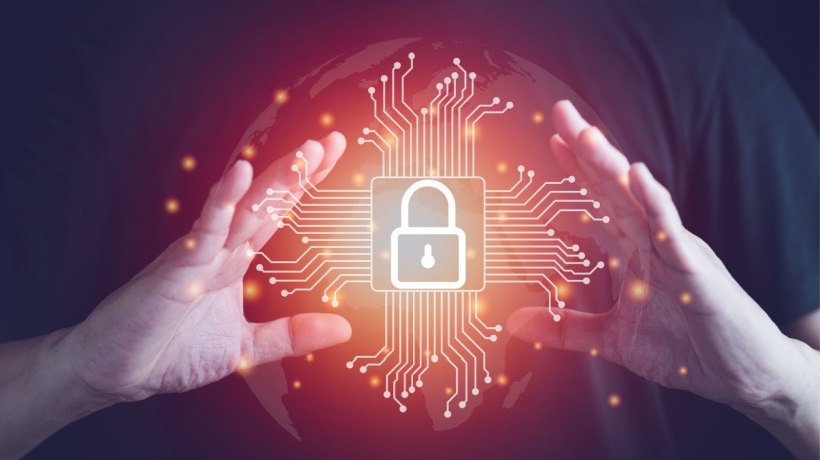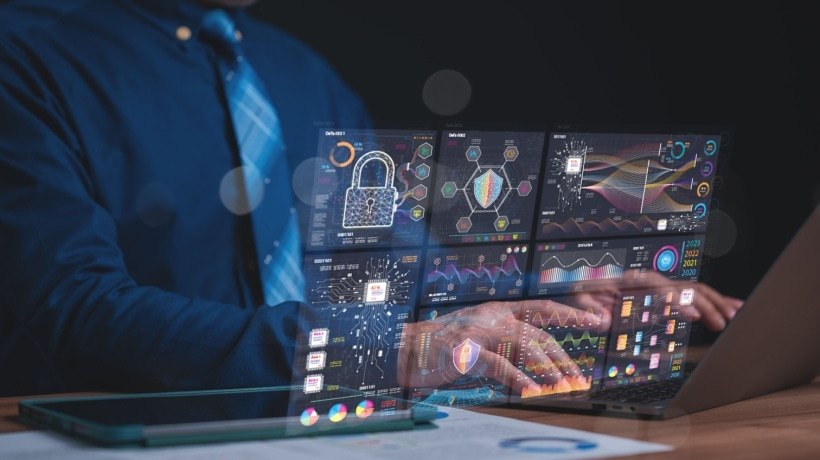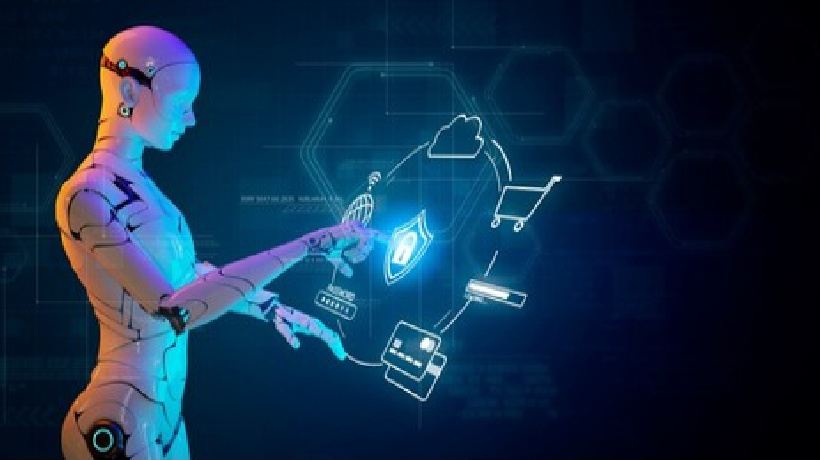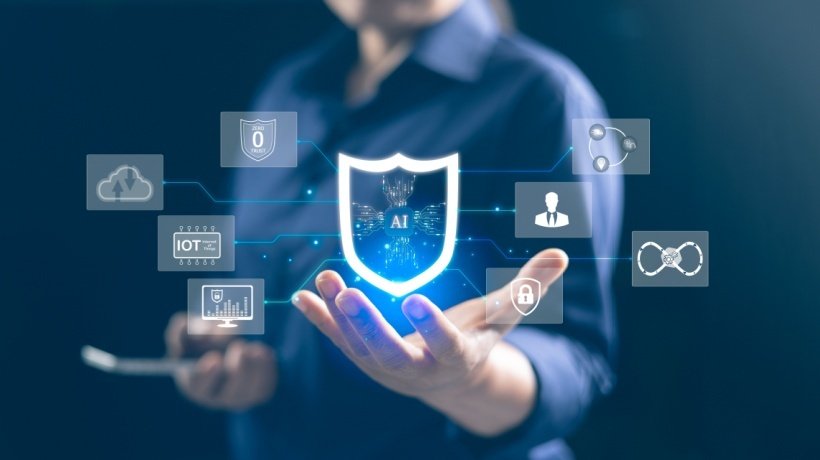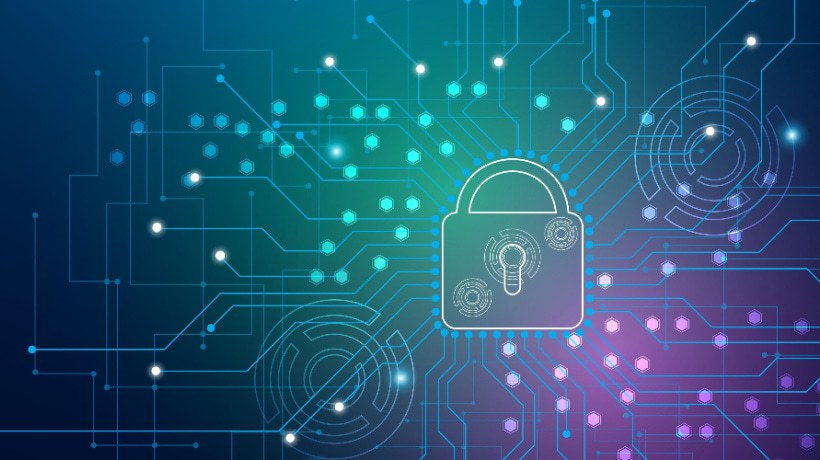Role Of AI And Machine Learning In Cybersecurity
The number of ways to attack a business is very large and growing quickly. Depending on the size of your business, there could be as many as several hundred billion signs that change over time that need to be looked at in order to measure risk correctly.
What Happened?
There are no longer any issues that people can solve on their own regarding analysis and safety improvement. In reaction to this never-before-seen problem, cybersecurity tools based on Artificial Intelligence (AI) have been created to help information security teams reduce the risk of security breaches and improve their security stance in an efficient and effective way.
AI and Machine Learning (ML) are now important parts of information security, because they can quickly analyze millions of events and find many different kinds of threats, like malware that takes advantage of zero-day vulnerabilities. or risky behavior that could lead to a phishing attack, or the downloading of malicious code. These technologies get smarter over time, drawing on what they've learned in the past to find new kinds of attacks. A user's, asset's, or network's behavior history is used to build a picture of the user, asset, or network. This makes it possible for AI to spot differences from the norm and to act on them.
AI and Machine Learning make it possible to learn about and study possible online threats in real time. And they use computers to build models of how people act, which they then use to predict cyberthreats as new information comes in. Together, these technologies help businesses strengthen their security defenses by making their responses faster and more accurate.
A Useful Tool For Defending Against Computer Threats
As more and more businesses go digital, cyberattacks have become more common. In the U.S., for example, 2021 has been a record-breaking year. According to the Identity Theft Research Center, the number of data breaches by the end of the third quarter had already been 17% higher than in all of 2020. At the same time, ransomware attacks have been growing at a worrisome rate, with an average one costing companies more than $700,000. Today, ransomware attacks happen every 11 seconds, which means that businesses are closed for an average of 21 days.
As hackers try to shut down business networks, they are using more and more complex attacks. AI and Machine Learning can protect against these attacks. In fact, cybersecurity experts are quickly using these technologies as standard tools in their ongoing fight against bad actors. According to a study by the Capgemini Research Institute, 61% of organizations say they wouldn't be able to find important threats without AI, and 69% say AI will be needed to respond to hacks. By 2027, it is expected that the market for AI in defense will grow to $46.3 billion.
3 Ways AI And Machine Learning Can Help With Cybersecurity
As companies plan to use AI and Machine Learning for protection, here are three ways these technologies can help:
- Anomalies
Anomalies can be found with the help of AI and Machine Learning, which use the study of behavior and factors that are always changing to find unusual things that could be signs of an attack. - Predicting future data breaches
AI and Machine Learning make it possible to handle large amounts of different types of data to predict cyber threats before they happen. - Responding to data breaches in real time
AI and Machine Learning can send alerts when a cyber threat is found, or they can act on their own without any help by instantly building defense changes when an attack is found.
Benefits Of Using AI And Machine Learning For Cybersecurity
AI and Machine Learning can help in many ways. When AI and Machine Learning are used as part of a company's safety program, they get a lot of benefits:
- Detecting and responding to risks faster
AI and Machine Learning can easily study huge amounts of data in seconds, which is much faster than sifting through data by hand. Also, they can apply patches and fix problems in almost real time, which makes reaction times much faster. Today's hacks can quickly get into an organization's systems, so it's important to find and stop them as quickly as possible. - Getting IT costs down
AI and Machine Learning make it easier to find online dangers and take action against them. This makes them cost-effective technologies. The Capgemini study says that the average cost reduction is 12% and that some groups cut their costs by more than 15%. AI and machine learning make cyber experts more effective by reducing the amount of time they have to spend physically searching through data logs. These technologies can tell cyber experts when an attack is happening and describe the type of attack, which makes it easier for them to respond in the right way. Cyber experts can handle even the most complicated threats with less manual work if they look at behavior trends in a thorough and ongoing way. - Improving your overall security
AI and Machine Learning make cybersecurity stronger over time as more data is analyzed and these technologies learn from past trends to become better at spotting suspicious behavior. Additionally, they create better firewalls than are possible to make by manual effort, protecting an organization's structures at both the macro and the micro levels.
Potential Uses
AI and Machine Learning don't have any risks, but we expect their use to get better over time. These technologies have already shown that they work well in a wide range of situations. Companies frequently use AI and Machine Learning to good effect in the following circumstances:
Scoring Network Risk
Many companies use AI and Machine Learning to rank the risks that each part of their network poses. Machine Learning is used to look at cyber threat datasets from the past to find out which parts of the network have been attacked the most. It is also used to figure out which parts of the network, if broken into, would cause the most damage to the business. Cyber experts pool their resources toward those parts of the business network that pose the biggest risks, by giving each part a score.
Companies are also using AI to quickly and accurately learn about attacks and other harmful activities. With Machine Learning's ability to find, analyze, and fight against cyberattacks in real time, organizations can react to intrusions as soon as they happen.
AI and Machine Learning are also used to find out when a person is doing something that seems suspicious. Organizations are using Machine Learning to tell the difference between normal and abnormal user behavior (that could be a sign of a cyberattack), so that they can fix security flaws before a data breach happens. This is done by keeping track of unusual user actions, such as workers logging in at odd times of the day or making a large number of downloads.
Scam Detection
Many businesses protect themselves from financial scams by using Machine Learning algorithms to predict how customers will act. With the ability to quickly tell if a customer's behavior is out of the ordinary, these technologies are helping companies find possible fraud threats before they happen. This cuts down on the amount of money they lose to fraud.
AI and Machine Learning are also helping companies figure out how to find malware and predict when attacks will happen. Using patterns found in previous malware, Machine Learning lets cyber experts predict malware strikes and fix the risk faster than it is possible to do with manual processes.
Tips On Incorporating AI And Machine Learning Into Your Cybersecurity Plan
Adding AI and Machine Learning to your protection plan can be difficult, and many organizations don't know where to begin. Here are some tips that will help you get the most out of your execution plan:
- Hire skilled cyber analysts who know a lot about how to use AI and Machine Learning, and decide which jobs you want to automate and which you want people to handle.
- Make sure you have the datasets you need to start using AI algorithms, that the data is full and up-to-date, and that it works well with your systems and apps.
- Start with just one or two use cases that are easy to adopt and help your business in a real way. Set clear goals for these test projects, and make sure you can measure their success.
- Create a clear process that will help you confirm, rank, and examine possible threats.
- Make control methods that will help you figure out if an AI algorithm isn't working as planned, so you can quickly fix any problems.
- As you add AI and Machine Learning to other parts of your defense strategy, you should look at the results of your test projects and make any changes that are needed.
Powerful Tools For A Problem That Is Getting Worse
AI and Machine Learning are strong technologies that can help companies be better prepared as the number and complexity of cyberattacks rise. With the right tools, your company can find cyberattacks and react to them in real time. It can also fix potential threats before they become big problems. The result is faster discovery, lower costs, and a better security posture that lets you keep up with the speed and size of today's risks.
Conclusion
In the past few years, Artificial Intelligence has become a necessary tool for helping information security teams do their jobs better. AI analyzes and identifies threats. Cybersecurity professionals can use this knowledge to lower breach risk and strengthen their security posture because humans are unable to protect a company's changing attack surface as well as they once could. In security, AI can find and rank risks, find malware on a network right away, help with incident response, and find attacks before they happen. AI lets cybersecurity teams form strong relationships between humans and machines that push the limits of what we know, make our lives better, and move cybersecurity forward in a way that seems to be more than the sum of its parts.
